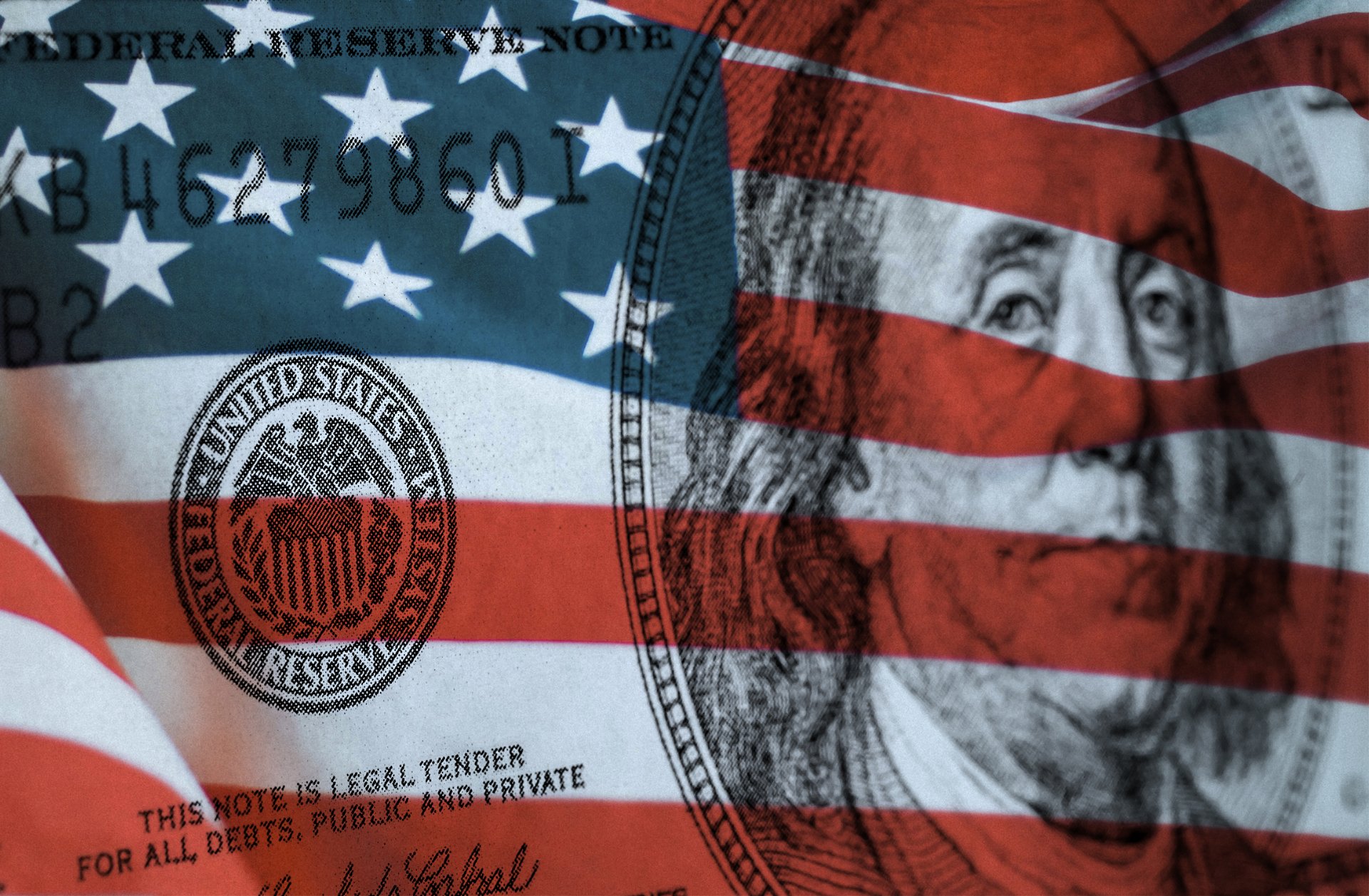
The Federal Reserve announced today that it is raising its benchmark federal funds rate by 25 basis points, bumping it into a range of 1.5 to 1.75 percent. In its statement, the Fed said:
“The labor market has continued to strengthen and that economic activity has been rising at a moderate rate. Job gains have been strong in recent months, and the unemployment rate has stayed low.”
This marks the first Fed rate hike of 2018, but it’s the sixth hike since December 2015. Before that, the Fed went eight years without a rate increase, as the U.S. economy crawled its way back from the Great Recession.
At long last, savvy savers are now reaping the reward of rate hikes, earning more interest on their savings.
How to take advantage of rate hikes
The federal funds rate dictates the interest rate at which banks lend money to one another. We will explain that in more detail below.
But for now, that important thing to know is that interest rates for savings in bank accounts and certificates of deposit (CDs) are creeping up slowly in the wake of Fed rate hikes.
For example, the national average annual percentage yield (APY) for savings accounts rose from 0.06 percent three years ago to 0.07 percent this week, according to the FDIC. The national average APY for five-year CDs rose from 0.79 to 0.97 percent in that time.
If those rate increases seem modest, we have some good news: There are better alternatives. To really cash in on rising interest rates for savings, switch to an online bank.
As we recently reported, interest rates offered by online banks these days are more than 400 percent higher than those offered by brick-and-mortar banks, on average.
By shopping around, you can find some pretty good rates online. Bankrate reported Tuesday that online savings accounts now earn as much as 1.85 percent APY and five-year CDs earn as much as 3 percent — with both rates the highest in seven years.
If you’re in the market for an interest-bearing account or CD, check out Money Talks News’ free savings account search tool.
The downside of higher rates
So, why does the federal funds rate so heavily influence bank interest rates?
The Fed, which is the nation’s central bank, requires U.S. banks to have a certain amount of cash on hand at a given time. If a bank finds itself short of that requirement, it might borrow money from a bank with excess cash reserves.
For consumers, a rising federal funds rate generally translates to higher interest rates. As we already mentioned, that is good news for folks with savings. However, it is bad news for folks with debt.
Rising interest rates on consumer debts tend to follow Fed rate hikes more closely than rising interest rates on deposits. If you are carrying any type of debt impacted by Fed rate hikes, you have likely seen the interest rate rise in the past year or two.
Such debt includes:
- Credit card debt
- Loans, including auto and personal loans
- Adjustable-rate mortgages — but not fixed-rate mortgages
As we’ve been saying for the past two years now, it’s high time to pay off your debt as fast as possible. The more interest rates rise, the more money it will cost you to carry these types of debt.
How do you feel about today’s rate hike? Share your thoughts below or over on our Facebook page.




Add a Comment
Our Policy: We welcome relevant and respectful comments in order to foster healthy and informative discussions. All other comments may be removed. Comments with links are automatically held for moderation.